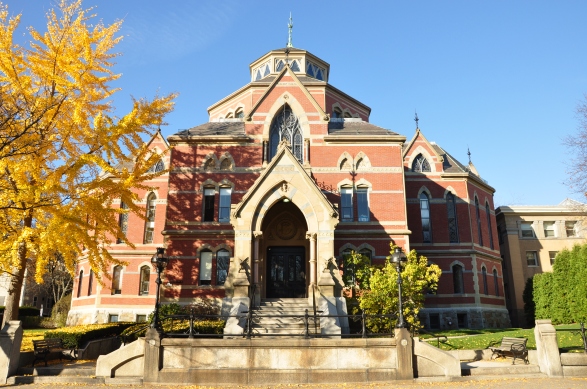A female student at a Brown University fraternity party held on Oct. 17 has tested positive for a date-rape drug.
The student drank an alcoholic punch which contained GHB (gamma hydroxybutrate), which was found during a later test. One other student drank the punch, and those results are still pending.
The Australian Drug Foundation notes that symptoms such as drowsiness, lowered inhibitions and memory lapses become present 15-20 minutes after taking the drug, and can continue for 3-4 hours. It’s also easy to overdose since there aren’t much difference in dosage between an overdose and a safe amount.
This continues a story in which the aforementioned female student reported that she was sexually assaulted at the Phi Kappa Psi party.
How common is GHB’s use as a date-rape drug?
Unfortunately, I couldn’t find any hard numbers solely on GHB for colleges. A 2009 Monitoring the Future study found that .7% of eighth-graders and 1.1% of 12th-graders reported using the drug in the past year. GHB use peaked in 2000 when 1.2% of eighth-graders in 2000 and 2% of 12th-graders in 2004 reporting using it within the past year.
Drug abuse treatment website Serenity Lane reports that since there have been 15K+ overdoses and 72 deaths related to GHB. But this doesn’t tell us the age-spread, so it’s impossible to tell which, if any, age group this affected most.
Every resource I looked at listed GHB as a date-rape drug alongside rohypnol and ketamine. In fact, Brown’s own Health Services website devotes a page to GHB. It’s clear that its use is still a large issue.
